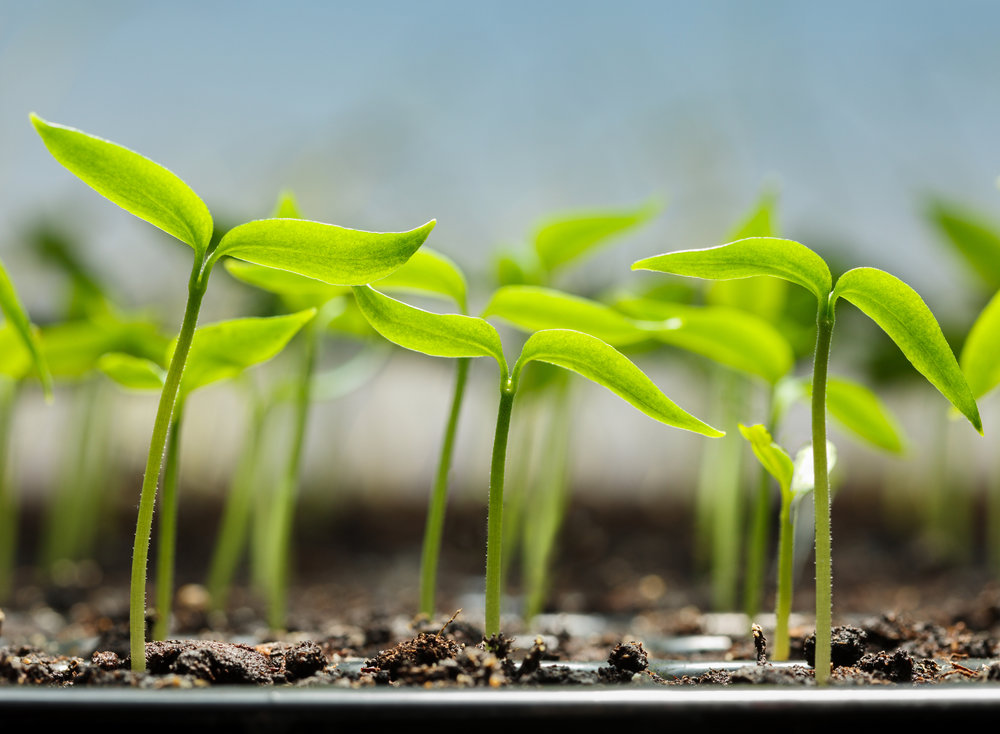Plant phenotyping is the process of identifying and quantifying plant traits. With advancements in technologies like imaging, sensors, and algorithms, plant phenotyping is revolutionizing the field of plant sciences by enabling scientists to better understand how genetic and environmental factors impact plant growth.
What is Plant Phenotyping?
Plant Phenotyping refers to measuring the physical and chemical characteristics of a plant throughout its development and life cycle. These characteristics, also known as plant phenotypes, include traits like height, leaf area, flower color, disease resistance, drought tolerance, and yield. Traditional methods of assessing plant phenotypes involved manual measurements which were labor-intensive and time-consuming limiting the number of plants that could be analyzed. With modern phenotyping techniques, thousands of plants can now be phenotyped continuously and objectively providing insights into the underlying genetic and molecular basis of plant growth.
Key Techniques in Plant Phenotyping
– Imaging technologies: High-resolution cameras and multispectral or hyperspectral imaging systems are used to capture images and data related to plant structures like roots and shoots, physiological properties like water content, and biotic/abiotic stresses over time.
– Sensors: Technologies like thermometers, spectrometers, chlorophyll meters, soil moisture probes and gas exchange systems help measure traits associated with temperature, water usage, nutrient uptake, photosynthesis etc.
– Phenomics platforms: Specialized greenhouse facilities equipped with conveyor belts, robots, and automated imaging set-ups allow for high-throughput imaging and continuous monitoring of large plant populations under controlled conditions.
– Phenomics software: Advances in computer vision, machine learning, and data science are powering image analysis tools that can extract quantitative phenotypes from images at an unprecedented scale.
Importance of Plant Phenotyping
Understanding how phenotypic traits relate to the plant’s genome can help scientists enhance traits like yield, abiotic stress tolerance, and nutritional quality in crops. With climate change threatening global food security, phenotyping plays a key role in developing resilient crop varieties. Some benefits of plant phenotyping include:
– Accelerating plant breeding: High-throughput phenotyping enables evaluating larger breeding populations and selection of best performing lines in less time. This speeds up the development of new crop varieties.
– Modeling plant growth: Detailed time-series phenomics data allows building models of plant development and responses to environment. These models help optimize agronomic practices.
– Elucidating gene function: Correlating phenotypes with genotypic data from projects like sequencing helps assign functions to genes and genetic mechanisms underlying key traits.
– Evaluating abiotic and biotic stress: Phenotyping aids studying crop responses to stress factors like drought, floods, disease and pests. This supports breeding stress-resilient varieties.
Applications of Plant Phenotyping Data
The extensive datasets generated through plant phenotyping find several applications across different sectors:
Agriculture: Phenomics tools help select superior cultivars and hybrids with optimum yields, test new agronomic practices, and map traits of economic importance. This boosts agricultural productivity and sustainability.
Plant Breeding: Commercial breeding programs leverage phenomics for primary line selection, studying genetically complex traits and shortening the development timeline of new varieties.
Research: Academia uses phenomics to investigate fundamental questions in plant biology related to development, metabolism, gene regulation and plant-environment interactions.
Biofortification: Phenotyping supports biofortification research aimed at enhancing micronutrient contents like iron and zinc in staple food crops through conventional and transgenic breeding approaches.
Making Precision Agriculture a Reality: High-resolution phenotyping coupled with sensors, AI and field data paves the way for precision management of irrigation, fertilizers etc. based on actual plant requirements.
Plant phenotyping is an indispensable component of modern plant sciences that facilitates comprehensive functional analysis of plant genomes. As technologies in this domain continue to evolve, they hold tremendous potential to address global challenges of food and nutritional security through development of climate-resilient, higher yielding and more nutritious crop varieties. Plant phenotyping will play a pivotal role in realizing the promise of plant biotechnology and precision agriculture to sustainably meet the demands of a growing world population.
*Note:
1. Source: Coherent Market Insights, Public sources, Desk research
2. We have leveraged AI tools to mine information and compile it

